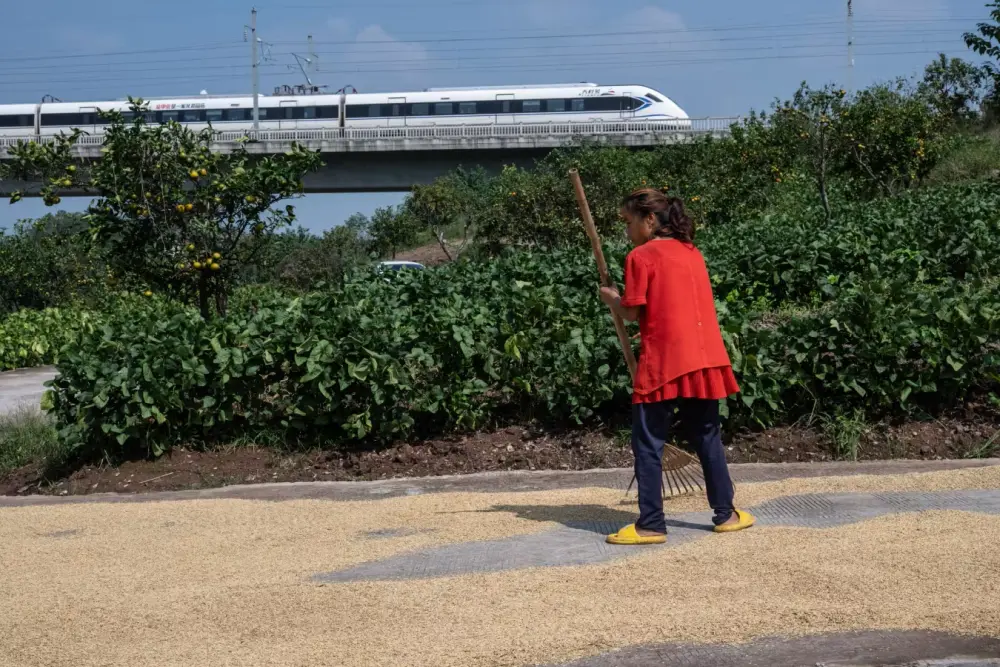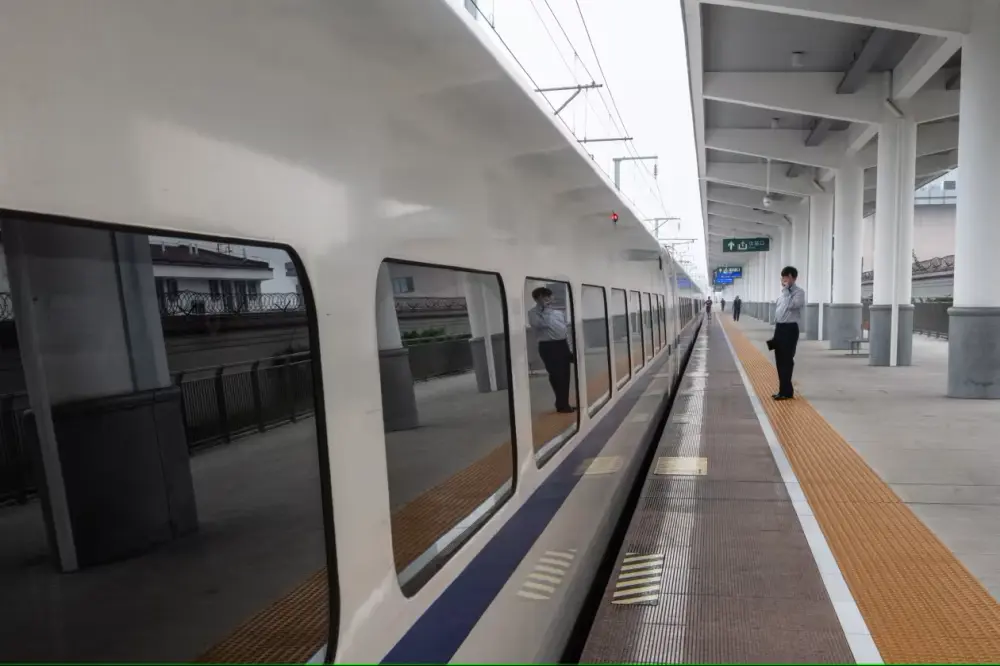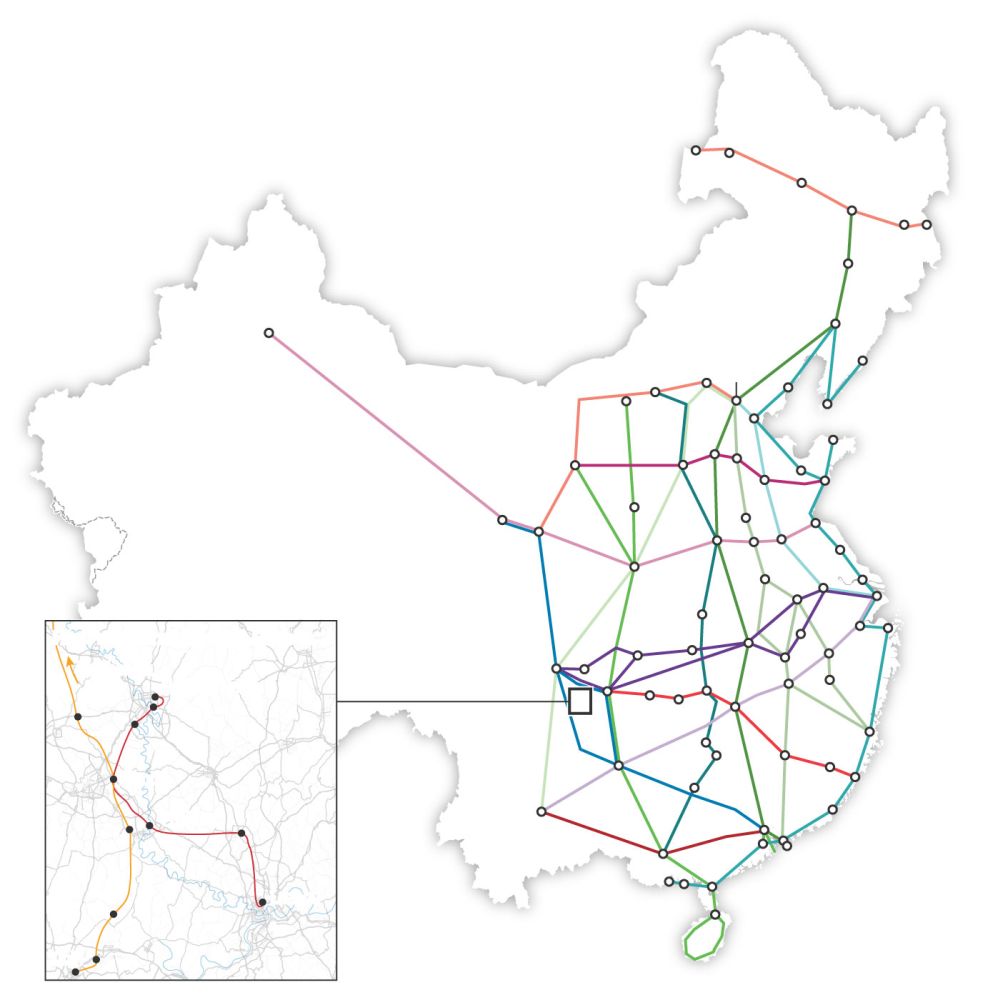China’s high-speed rail system has grown exponentially under Xi Jinping’s leadership, making it the largest in the world with over 25,000 kilometers of tracks laid down in just the last decade. This massive expansion is part of a broader strategy to enhance national connectivity, stimulate economic growth, and showcase China’s technological and infrastructural capabilities on a global stage. The high-speed trains do more than just move people; they are a symbol of China’s ambition to integrate its vast and diverse regions, fostering social cohesion and extending political influence. From the bustling metropolises to remote areas, these trains are weaving the nation closer together, underlining Xi’s vision of a coordinated and modern China.

However, the rapid expansion of the rail network comes with its own set of challenges and criticisms. There’s an ongoing debate about the financial sustainability of this grand project, with some experts labeling it as potentially becoming a “giant money pit.” The issue isn’t just about the construction costs but also about maintaining low ticket prices to keep public support, which might not be economically viable in the long run. The duplication of routes in some areas has led to concerns about overinvestment, where the benefit might not justify the expense. This situation raises questions about whether China is building more rail than it needs, especially when social media platforms like X highlight stories of underutilized trains and stations.

On the international front, China’s high-speed rail projects have been a point of both pride and strategic influence. By participating in railway projects abroad, like in Southeast Asia or Russia, China not only exports its technology but also its influence, aligning with Xi’s “new development philosophy” that emphasizes global partnerships. These projects are often seen as an extension of the Belt and Road Initiative, aiming to link China more closely with the world economy while showcasing its engineering prowess. Yet, the reception of these projects varies, with some countries welcoming the technological leap, while others are wary of the financial implications and the political strings attached.

Despite the impressive infrastructure, the narrative around China’s high-speed rail isn’t without its critics. There’s an acknowledgment of the engineering feats but also a call for a more balanced approach to development. The rail network’s expansion is indeed a testament to China’s capability to undertake massive projects, but it also serves as a reminder of the complexities involved in ensuring such projects are economically sound. As China continues to push forward with its rail ambitions, the world watches closely, pondering the balance between infrastructural grandeur and practical economic benefits.

#XiHighSpeedRail #ChinaRail #Infrastructure #BeltandRoad #EconomicGrowth #RailChallenge
